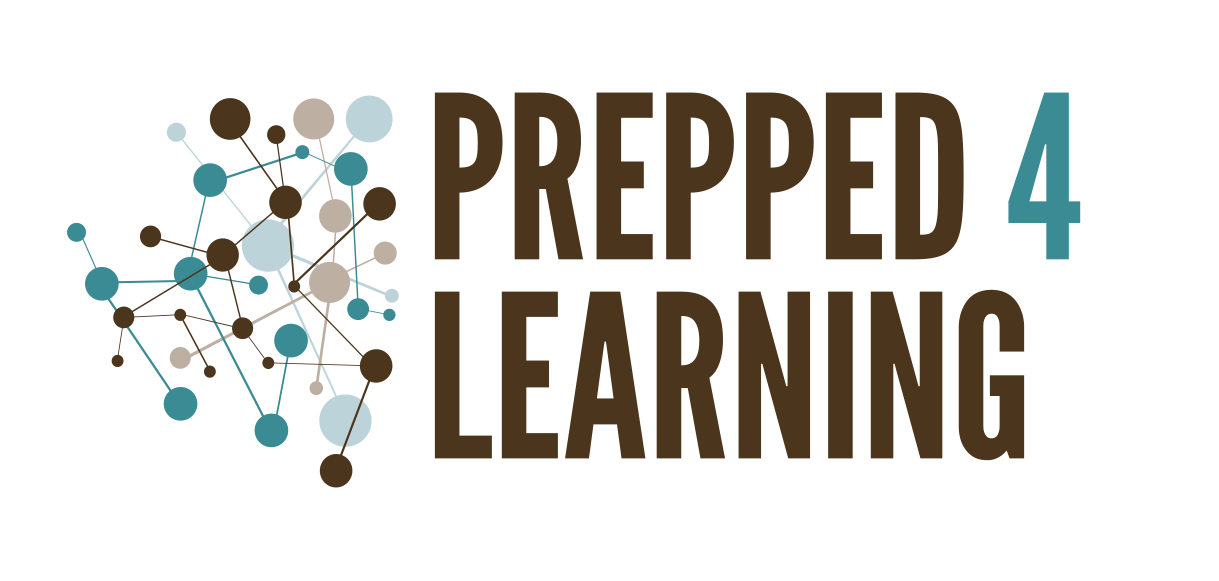
About the Self-Care Traumatic Episode Protocol (STEP)
The Self-Care Traumatic Episode Protocol (STEP) was developed during the COVID-19 pandemic to assist mental health clinicians, medical staff, and other front-line workers to decrease stress and increase coping during this difficult time. Due to the inability to meet in person, this computer-adapted protocol was born. The idea was initiated so clinicians who are feeling overwhelmed by current events can, within a typical 1.5-hour session, combine psycho-education and stabilization activities to ensure a present focus, have the ability to process the ongoing overwhelming event(s) and develop containment strategies in an effort to continue working effectively in their important roles.
STEP is a video series protocol based on the principles of Eye Movement Desensitization and Reprocessing Therapy (EMDR) developed by Dr. Francine Shapiro. More specifically, STEP was adapted from the Group Traumatic Episode Protocol developed by Elan Shapiro.
The contents of this protocol are not intended as a substitute for professional medical or psychological advice, diagnosis or treatment.To find out which avenue of STEP is right for clients, STEP IN and check out the possibilities below.
STEP Solo is a clinician-assisted, autonomous protocol designed for individuals experiencing some distress but who do not meet criteria for post-traumatic stress disorder (PTSD). A clinician screens participants to ensure they have sufficient self-regulation skills to complete the processing independently. The clinician also monitors participants’ scores before and after they complete STEP Solo online to identify when additional support may be needed or if their level of need changes.
These clients, along with their therapist, will review the additional exclusion criteria to ensure they meet the eligibility criteria for using this protocol. Eligibility will be assessed by the clinician with the assistance of the criteria outlined. Clients will complete a consent form prior to beginning the protocol.
If the clinician determines STEP Solo might be an appropriate intervention for their client, they will send a link and password to access STEP Solo.
In the STEP Solo portal, clients will complete a self-regulation exercise before accessing the processing video. If their SUD levels after the self-regulation exercise remain highly elevated, they will be directed to complete additional self-regulation exercises and the clinician is notified so they can adapt the treatment plan to include higher levels of support.
STEP Together is used with a clinician-administered group or individually (one-to-one with a clinician). This can be conducted online, in person, or in a hybrid collaborative environment with a combination of in person and virtual participants and/or leaders/facilitators. In a group setting, a group leader, co-leader, and/or facilitator would assist with the delivery of the group and be available to support any members who may require further intervention. When appropriate, STEP Together can be offered individually to ensure adequate support for clients whose needs may not be fully met within a group format.
Eligibility will be assessed by the clinician using pre-screening measures and additional eligibility criteria. Clients complete a consent form prior to beginning the protocol.
Clinicians will receive a password to access STEP Together. This password is not shared with clients - the clinician will share their screen with clients to guide them through the series of videos and activities.
Supported Steps serve as a cue to consider what approach might best support the client at this time. STEP Solo and STEP Together are the two main components of the STEP intervention. Brief measures help determine which option is appropriate. If scores indicate it may not be the right time to proceed, the clinician is encouraged to take “Supported Steps”, individualized (one-to-one) actions guided by clinical judgement to determine the most suitable way forward. This might be a one-to-one delivery of STEP Together, or it may be another protocol or therapeutic approach that is best addresses the client’s needs.












